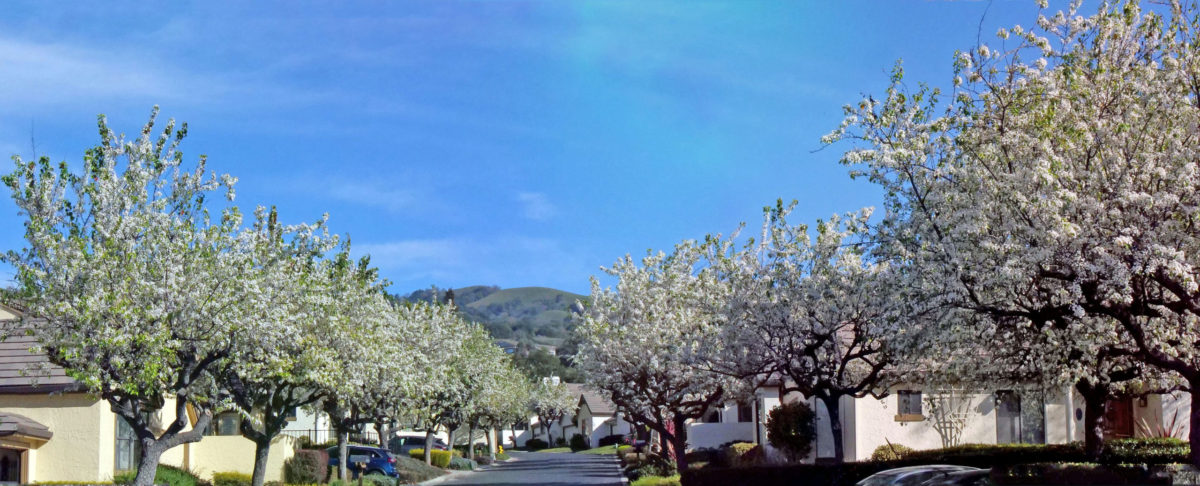WATCH TRAILER FOR WOODY HARRELSON DOCUMENTARY: KISS THE GROUND. Full length film available on Netflix.
Zach Bush documentary on Regenerative Agriculture. Click text to watch.

Currently, the agricultural sector is responsible for about 17% of global Green House Gas emission, making it the second largest emitting sector. The conventional food system enables large emitters such as agricultural related deforestation, cow production, the use of synthetic fertilizers, and massive amounts of food waste. Organizations like the Leonardo DeCaprio Foundation and Grantee Caron Cycle Institute are helping to reduce farm greenhouse gas emissions.
A Carbon Farming Plan combines various methods for improving the health of the soil. This translates to better water retention, less erosion, higher amounts of Carbon sequestration, and better forage yields for grazing pastures. Many of these are particularly important as we see more erratic weather patterns and intensified drought in California. One path a carbon farming plan might advocate for is exchanging fertilizers for compost, which can be produced from food waste or manure. The compost brings in nutrients and increases organic matter. In pasturelands, this means increased yields, which in turn reduces the need for agricultural expansion and deforestation. This multi-tiered approach resolves several emitters, it improves the welfare of California farmers and the quality of our land. With the work of CCI, California farmers are transforming their land from a source of high emission to a potential Carbon sink. (Orguidea Hale- LDF) We are also seeing a farmer-led movement to shift to regenerative agriculture and organic agriculture. There is a growing demand from consumers for healthier food. And the regenerative agriculture techniques are not only healthier in the food they produce that we eat, they also make it possible to pull more CO2 out of the air into the topsoil. But whether it’s farmers, or industrialists, or average consumers, we’re now seeing a rising determination to implement solutions like organic and regenerative farming.


Preliminary Carbon Farm Practice List
(The majority of these practices were selected from the USDA-NRCS GHG Ranking Tool)
- Mulching/compost application
- Residue and Tillage Management, No Till/Strip Till/Direct Seed
- Anaerobic Digester
- Multi-Story Cropping
- Windbreak/Shelterbelt Establishment
- Silvopasture Establishment
- Forage and Biomass Planting
- Nutrient Management
- Tree/Shrub Establishment
- Forest Stand Improvement
- Contour Buffer Strips
- Riparian Restoration
- Riparian Forest Buffer
- Riparian Herbaceous Cover
- Vegetative Barrier
- Windbreak/Shelterbelt Renovation
- Alley Cropping
- Range Planting
- Herbaceous Wind Barriers
- Critical Area Planting
- Residue and Tillage Management
- Forest Slash Treatment
- Filter Strip
- Grassed Waterway
- Hedgerow Planting
- Cross Wind Trap Strips Conservation Cover
- Wetland Restoration

